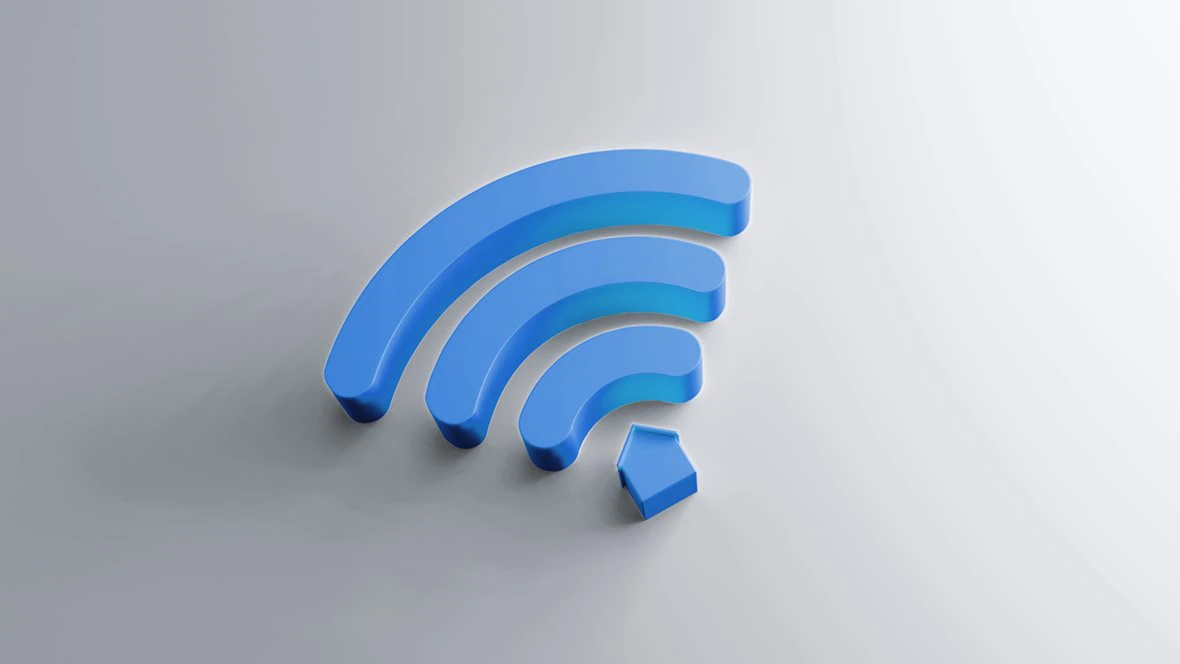Does your house have a smart thermostat? Or do you wear a fitness tracker to help you stay physically active? If you do, you are part of the Internet of Things, or IoT. It’s become embedded in our lives, as well as in the way organizations operate.
IoT uses a variety of technologies to connect the digital and physical worlds. Physical objects are embedded with sensors—which can monitor things like temperature or motion, or really any change in environment—and actuators—which receive signals from sensors and then do something in response to those changes. The sensors and actuators communicate via wired (for example, Ethernet) or wireless (for example, WiFi, cellular) networks with computing systems that can monitor or manage the health and actions of connected objects and machines.
The physical objects being monitored don’t have to be manufactured—they can include objects in nature, as well as people and animals. While some organizations might view IoT more expansively, our definition excludes systems in which all the embedded sensors are used just to receive intentional human input, such as smartphone apps, which receive data input primarily through a touchscreen, or other networked computer software, in which the sensors consist of a standard keyboard and mouse.
The constant connectivity that IoT enables, combined with data and analytics, provides new opportunities for companies to innovate products and services, as well as to increase the efficiency of operations. Indeed, IoT has emerged as one of the most significant trends in the digital transformation of business and the economy since the 2010s.
What are some IoT applications?
Looking at IoT applications, which are sometimes described as use cases, can help ground the discussion about what IoT is. Broadly, IoT applications occur in one of nine settings.
- Human health. Devices can be attached to or inserted inside the human body, including wearable or ingestible devices that monitor or maintain health and wellness, assist in managing diseases such as diabetes, and more.
- Home. Homeowners can install devices such as home voice assistants, automated vacuums, or security systems.
- Retail environments. Devices can be installed in stores, banks, restaurants, and arenas to facilitate self-checkout, extend in-store offers, or help optimize inventory.
- Offices. IoT applications in offices could entail energy management or security for buildings.
- Standardized production environments. In such settings, including manufacturing plants, hospitals, or farms, IoT applications often aim to gain operating efficiencies or optimize equipment use and inventory.
- Custom production environments. In customized settings like those in mining, construction, or oil and gas exploration and production, IoT applications might be used in predictive maintenance or health and safety efforts.
- Vehicles. IoT can help with condition-based maintenance, usage-based design, or presales analytics for cars and trucks, ships, airplanes, and trains.
- Cities. IoT applications can be used for adaptive traffic control, smart meters, environmental monitoring, or managing resources.
- Outside. In urban environments or other outdoor settings, such as railroad tracks, autonomous vehicles, or flight navigation, IoT applications could involve real-time routing, connected navigation, or shipment tracking.
Other real-world examples abound. IoT solutions are being used in myriad settings: in refrigerators, to help restaurants optimize their food-compliance processes; in fields, to track livestock; in offices, to track how many and how often meeting rooms are used; and beyond.
